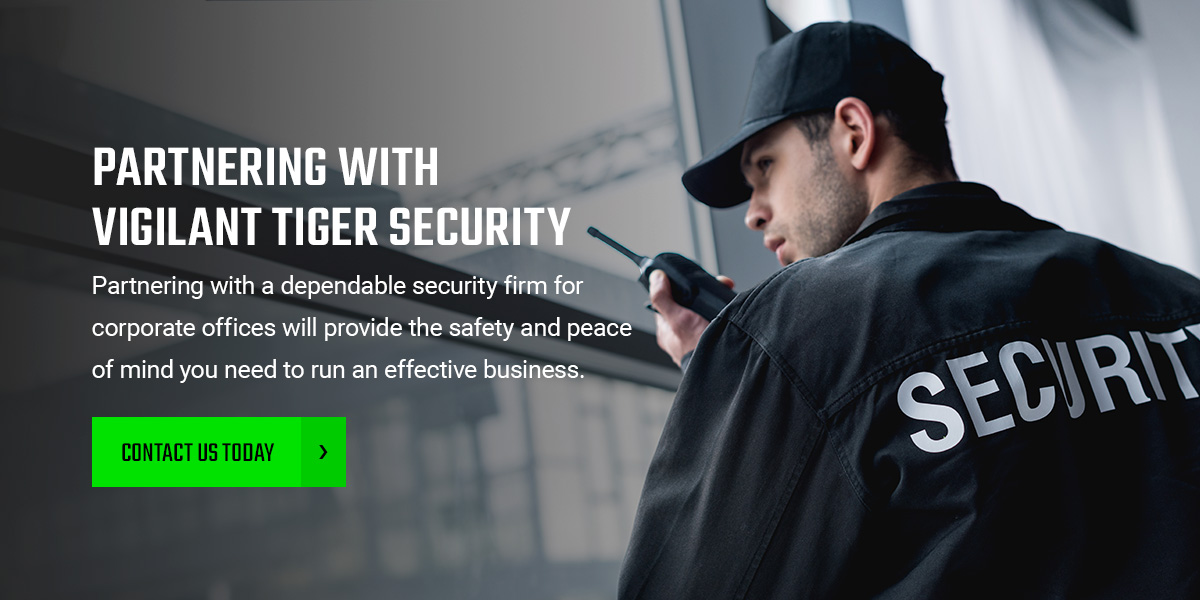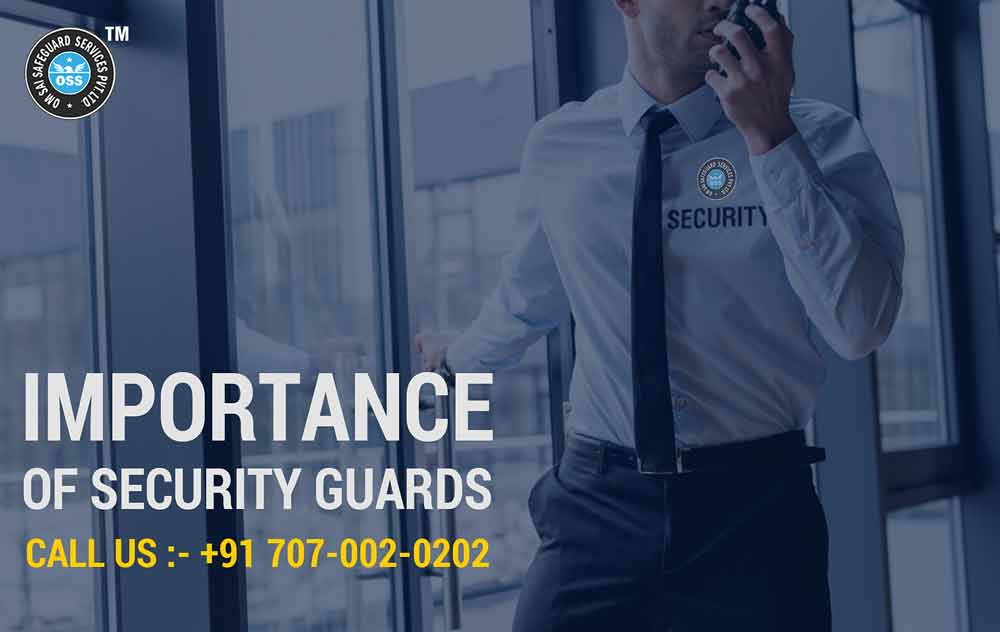Navigating the World of Corporate Security: Key Insights and Best Practices
Navigating the World of Corporate Security: Key Insights and Best Practices
Blog Article
From Cybersecurity to Physical Procedures: Enhancing Business Security in a Transforming World
By combining the strengths of both cybersecurity and physical protection, companies can create a thorough protection approach that addresses the diverse variety of threats they encounter. In this discussion, we will check out the transforming risk landscape, the requirement to integrate cybersecurity and physical protection, the application of multi-factor authentication actions, the relevance of staff member understanding and training, and the adaptation of protection steps for remote labor forces. By taking a look at these key locations, we will certainly acquire useful understandings right into exactly how organizations can strengthen their company safety and security in an ever-changing world.
Understanding the Altering Danger Landscape
The developing nature of the modern globe requires a detailed understanding of the altering risk landscape for effective company safety. In today's interconnected and digital age, threats to business safety and security have come to be more complex and sophisticated. As innovation advances and businesses come to be increasingly dependent on electronic facilities, the potential for cyberattacks, data violations, and various other safety and security violations has actually dramatically raised. It is important for organizations to remain notified and adjust their protection determines to address these progressing hazards.
One secret facet of recognizing the altering danger landscape is identifying the various kinds of risks that organizations deal with. In addition, physical threats such as theft, vandalism, and company reconnaissance remain common issues for organizations.
Surveillance and examining the risk landscape is vital in order to identify prospective dangers and vulnerabilities. This includes remaining updated on the newest cybersecurity fads, assessing risk knowledge records, and carrying out routine risk evaluations. By understanding the changing hazard landscape, companies can proactively execute proper protection procedures to reduce threats and shield their properties, online reputation, and stakeholders.
Integrating Cybersecurity and Physical Safety
Integrating cybersecurity and physical protection is critical for detailed business defense in today's electronic and interconnected landscape. As organizations increasingly depend on innovation and interconnected systems, the limits in between physical and cyber dangers are becoming obscured. To efficiently protect versus these threats, an alternative approach that combines both cybersecurity and physical safety actions is necessary.
Cybersecurity concentrates on shielding digital possessions, such as information, networks, and systems, from unauthorized accessibility, interruption, and theft. Physical security, on the other hand, encompasses actions to secure physical properties, people, and facilities from dangers and vulnerabilities. By incorporating these two domains, organizations can resolve vulnerabilities and hazards from both digital and physical angles, thus improving their total security posture.
The integration of these two self-controls allows for a much more comprehensive understanding of security dangers and enables a unified feedback to cases. Physical accessibility controls can be enhanced by incorporating them with cybersecurity methods, such as two-factor authentication or biometric recognition. In a similar way, cybersecurity steps can be matched by physical security procedures, such as surveillance video cameras, alarms, and safe access factors.

Carrying Out Multi-Factor Verification Measures
As companies significantly focus on comprehensive protection actions, one reliable strategy is the implementation of multi-factor verification actions. Multi-factor verification (MFA) is a safety method that needs customers to give multiple forms of recognition to access a system or application. This method adds an additional layer of defense by integrating something the individual recognizes, such as a password, with something they have, like a protection or a fingerprint token.
By carrying out MFA, organizations can considerably boost their protection posture - corporate security. Conventional password-based verification has its limitations, as passwords can be easily jeopardized or forgotten. MFA mitigates these dangers by including an additional authentication factor, making it harder for unapproved people to access to sensitive information
There are numerous kinds of multi-factor verification approaches available, including biometric authentication, SMS-based verification codes, and equipment symbols. Organizations require to assess their particular needs and choose one of the most suitable MFA remedy for their demands.
Nevertheless, the application of MFA ought to be thoroughly prepared and executed. It is critical to strike an equilibrium in between protection and usability to stop user disappointment and resistance. Organizations must also take into consideration prospective compatibility problems and offer ample training and support to make sure a smooth change.
Enhancing Staff Member Understanding and Training
To enhance corporate protection, organizations need to focus on boosting staff member awareness and training. Numerous safety and security violations take place due to human error or absence of recognition.
Efficient worker awareness and training programs must cover a vast array of subjects, including data security, phishing strikes, social engineering, password health, and physical safety procedures. These programs must be tailored to the details demands and obligations of various staff member functions within the organization. Normal training workshops, simulations, and sessions can assist workers create the needed abilities and expertise to react and identify to protection hazards effectively.
Furthermore, organizations ought to urge a culture of security understanding and offer ongoing updates and pointers to keep staff members notified about the current dangers and mitigation methods. This can be done with internal interaction channels, such as e-newsletters, intranet sites, and e-mail campaigns. By fostering use this link a security-conscious labor force, organizations can dramatically minimize the likelihood of safety incidents and safeguard their beneficial possessions from unauthorized gain access to or concession.

Adapting Protection Actions for Remote Labor Force
Adapting business safety procedures to accommodate a remote labor force is important in making sure the defense of delicate details and assets (corporate security). With the raising pattern of remote job, organizations need to carry out appropriate safety and security actions to alleviate the dangers related to this new way of working
One essential aspect of adapting security steps for remote work is developing secure communication networks. Encrypted messaging systems and virtual personal networks (VPNs) can help protect sensitive information and avoid unauthorized access. In addition, companies must enforce making use of solid passwords and multi-factor authentication to enhance the security of remote gain access to.
One more essential factor to consider is the application of secure remote accessibility remedies. official source This involves supplying staff members with safe access to corporate resources and information through virtual desktop framework (VDI), remote desktop computer methods (RDP), or cloud-based services. These modern technologies make sure that sensitive details remains safeguarded while allowing staff members to do their functions effectively.

Last but not least, extensive security understanding training is essential for remote staff members. Educating sessions should cover ideal techniques for safely accessing and dealing with delicate click this link info, recognizing and reporting phishing efforts, and maintaining the general cybersecurity health.
Final Thought
Finally, as the hazard landscape remains to evolve, it is vital for companies to reinforce their safety and security determines both in the cyber and physical domains. Integrating cybersecurity and physical security, executing multi-factor verification measures, and improving employee understanding and training are necessary actions towards achieving durable company safety. In addition, adapting safety and security steps to fit remote workforces is critical in today's changing globe. By executing these procedures, organizations can reduce dangers and safeguard their important properties from possible threats.
In this conversation, we will discover the changing danger landscape, the demand to incorporate cybersecurity and physical safety and security, the implementation of multi-factor verification procedures, the significance of staff member recognition and training, and the adaptation of safety measures for remote workforces. Cybersecurity actions can be enhanced by physical safety procedures, such as monitoring cameras, alarm systems, and protected access factors.
As companies significantly focus on detailed safety and security procedures, one efficient approach is the execution of multi-factor verification measures.In final thought, as the hazard landscape proceeds to evolve, it is vital for organizations to reinforce their security determines both in the cyber and physical domain names. Incorporating cybersecurity and physical protection, applying multi-factor authentication procedures, and enhancing worker recognition and training are important actions towards accomplishing durable company security.
Report this page